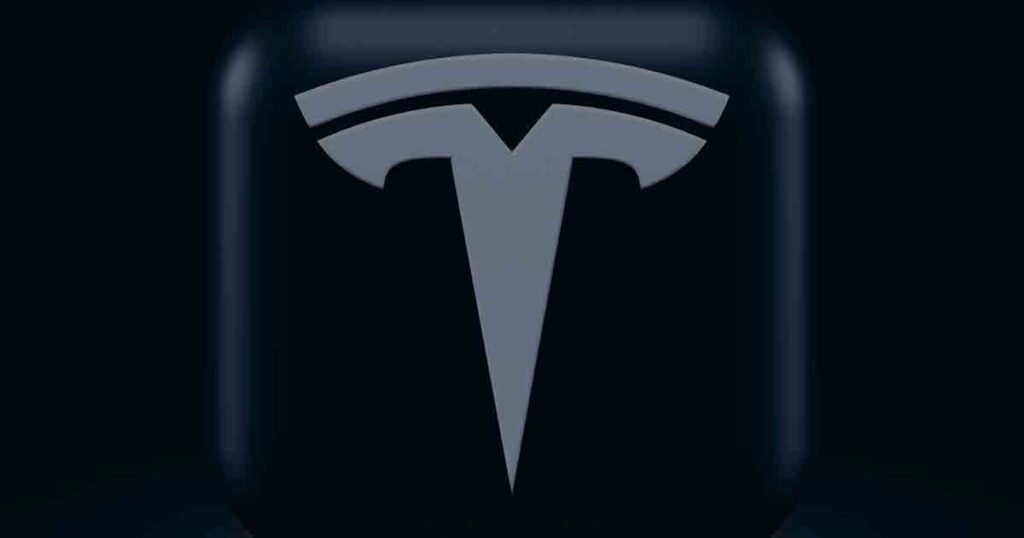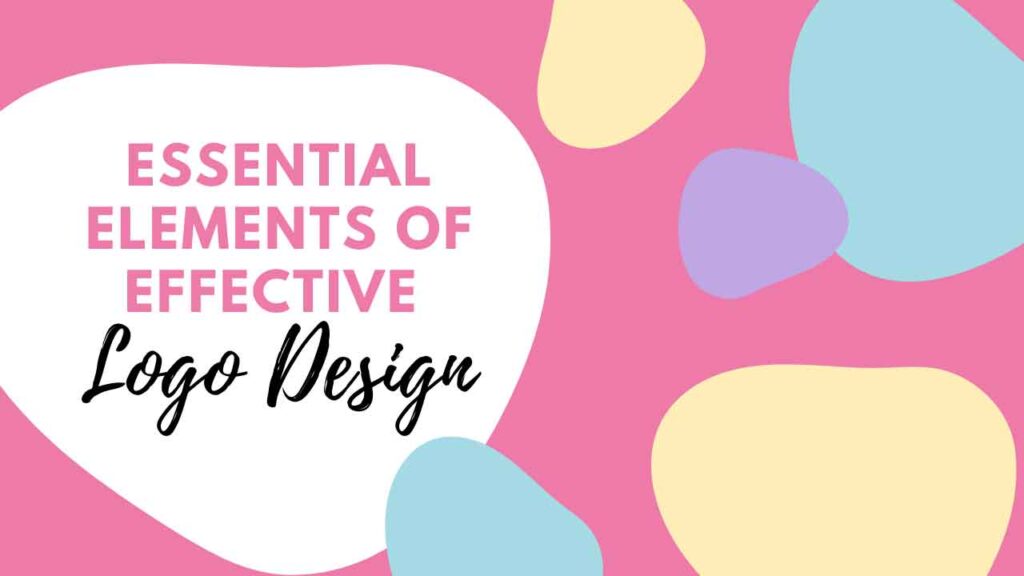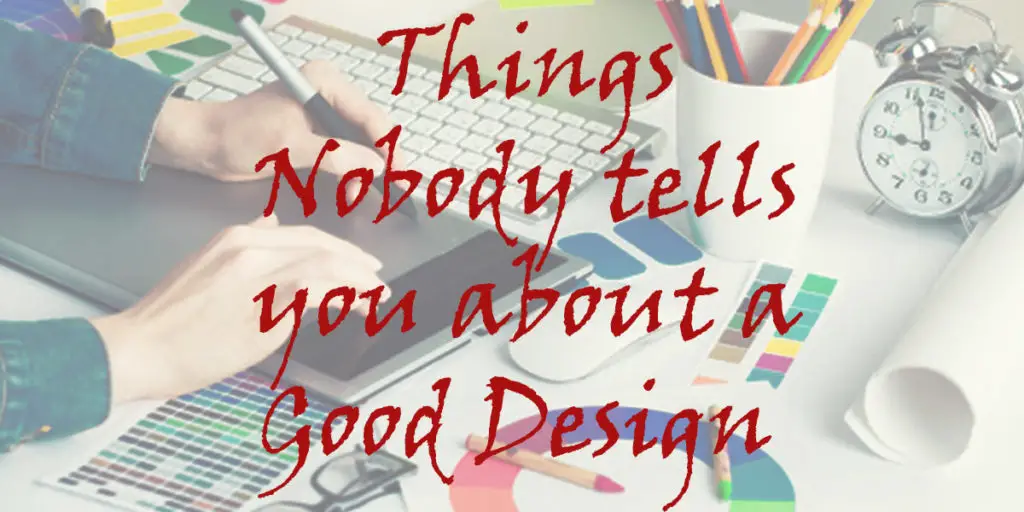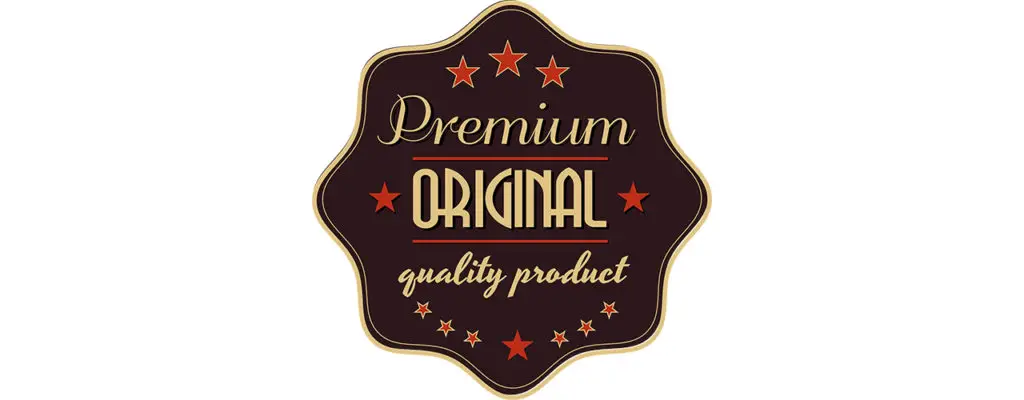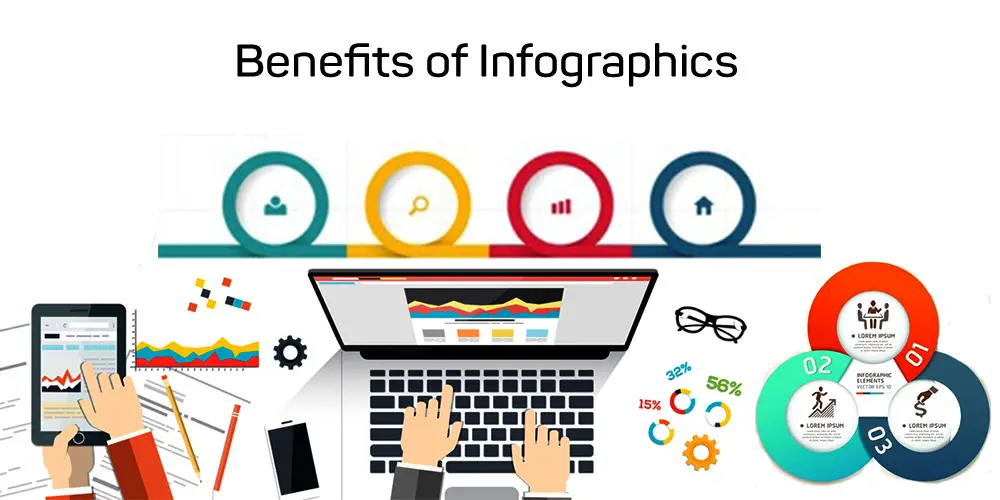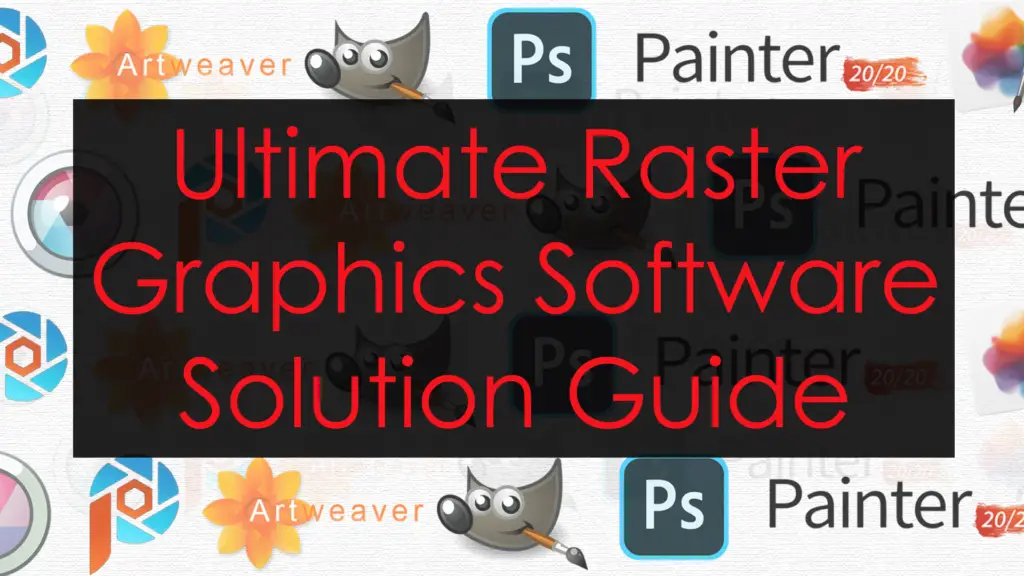THIS ARTICLE MAY CONTAIN AFFILIATE MARKETING LINKS! IN CASE YOU MAKE A PURCHASE THROUGH ONE OF THE LINKS, WE'LL GET A SMALL COMMISSION. WITH NO EXTRA CHARGES TO YOU. THANKS!!
Table of Contents
The logo is one of the main pieces of any brand identity. Whether we begin planning a logo on our own, or on the other hand we recruit a graphic designer for the task, these 7 elements of effective logo design will assist you in better assessing whether the work done is in good shape, or not. Before getting started and beginning to explain everything in detail, we want to make this clear that these elements don’t administer an accurate science and that the best logo doesn’t need to be the one that inflexibly follows these rules and elements. But instead, the one that is imagined considering the states of every circumstance, and condition. So let’s take a look at these essential elements of effective logo design,

7 Essential Elements of Effective Logo Design
1. Simplicity
A good logo ought to be simple, clean, and contain no unnecessary and superficial decorative components. It is a realistic “identifier” of a theoretical idea like a brand. A logo is not a picture or representation that ought to depict each and every aspect of your business. All the unnecessary decorative components that obstruct the communication of a message, and divert the attention from what is significant, should be cleared out to redirect attention to what is important. While designing a logo always remember, “Simplicity is the greatest sophistication.”
For Example, the FedEx logo.
The FedEx logo configuration meets this first element of Simplicity quite well. Also, if you pay close attention to the space between the E and the X, you will see a little secret arrow. As described by the organization, this arrow represents the speed and accuracy of FedEx.
Simple logos will more often than not be easier to recall, something we’ll learn below as a similarly significant element.
2. Originality
It should be unique, memorable, and recognizable. By this, we imply that you ought to attempt to stand apart and appear as something unique and special from your competition and the other organization in the market.
For instance, in the event that you have a catering service business, and your logo incorporates a spoon. Your logo won’t be considered excessively imaginative and innovative, as it lacks originality.
3. Representativeness
A good logo should be able to catch the essence of the brand and build up its message. It should emulate as much as it could be the identity, essence, and character of a brand. It should be consistent with the identity and personality that the brand represents. So to create a good logo, we should emphasize representativeness while designing the logo, and try not to make design choices or use assets that don’t have anything to do with what the brand represents.
For Example, the Starbucks logo.
Take the Starbucks mermaid logo for instance. The coffee company utilizes the siren as its focus graphic and identifier and it is firmly connected to the company’s history. The name “Starbucks” comes from the popular novel Moby Dick, while the organization begins in Seattle, a city that has a port. Also, the organization’s coffee frequently needs to travel significant distances via ocean to arrive at its destination. The mermaid is a symbol that accurately symbolizes the part of the essence of Starbucks.
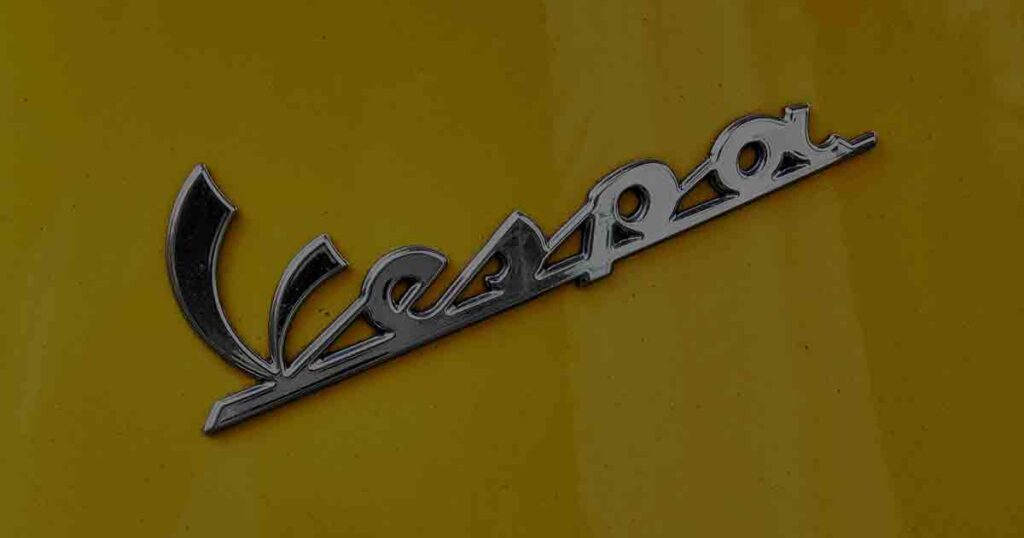
4. Scalability
A good logo should be reproducible at any size and versatile for its use in various mediums. This component is firmly connected with the simplicity of the logo. Whenever it is implied that a logo should be scalable, we imply that it should be reproducible at different sizes without losing legibility, from a little embroidery to a sign at the entry of any structure. While making the smaller in size it ought to be readable and look great with its recognizable shapes, and features.
A logo packed with a huge number of decoratives will have an extremely challenging time satisfying this element, or feature. If your logo has typography, it is necessary to pay a lot to focus on its typography and complete the fundamental tests to ensure the right scalability. Custom fonts and scripts are not an issue for this element, but rather it is critical to consider, and pay attention to the thickness of the stroke and that the letters or characters are not very close to one another.
For Example, The logo design that rings a bell while discussing adaptability, and scalability would be Apple. It can be said that including the well known nibble of the apple was done for the purpose of scalability. With the bite, it was ensured that it would be more connected with an apple in spite of having a small proportion and avoiding any confusion with cherry or other little organic products.
5. Ease of Recall
It is the feature of visual content to catch the audience’s attention and be easily remembered by individuals. A good logo should be memorable, it should make an imprint in the memory of whoever sees it. This element is firmly connected with the first: simplicity. An over-designed logo contains such a large number of components to hold in memory that it becomes impossible for the audience to easily remember and recall it.
For Example, The Nike or Mcdonald’s logos.
There is a very easy exercise that you can do with your colleagues and family members. You show them the logo you have designed for a brief time, for instance, 10-15 seconds. Following a couple of days, request them to draw the logo you displayed on a piece of paper and evaluate the amount they recalled from it. This will give you a solid idea about the logo’s memorability and its ease of recall.
6. Timeless
With timelessness, we talk about the ability of your logo to be enduring over the long run, regardless of trends or changes of decade. Upgrading or redesigning a logo can be exceptionally confusing for your audience. In all actuality, we do know that if an organization chooses a terrible logo, almost certainly, at some point or another they should have to redesign it.
For Example, the Coca-Cola logo. Made in 1905
The best illustration of a logo that strikes a chord as a phenomenal element of timelessness is, in all honesty, Coca-Cola. The first logo was planned in 1905, over quite a while back, and has barely changed.
A logo should not be heavily influenced by the style, and fashion, its design should fall under justified reasons and smart choices. The design that works best may not be the one you like the most, however it is vital to continuously make smart choices and try to find balance and harmony between practicality and taste.
7. Relevance
Your logo design needs to be appealing to your ideal target audience. To that end, you must know well who the organization is focusing on and have the audience targeting profile accurately characterized as such. The appearance and finish of the logo design should be fine and professional to mirror the robustness and solvency of the organization.
For Example, the Barbie logo. The Barbie logo really does well with the Relevance of its main interest group. However, today it might appear to some degree buzzword, with the pink and calligraphy the first logo simply affected the young female audience.
That concludes the list of essential elements of effective logo design. As we discussed here that these elements act as a guideline and are sought-after features in any logo design. Having these elements in a logo design makes the design that much more attractive and great.
